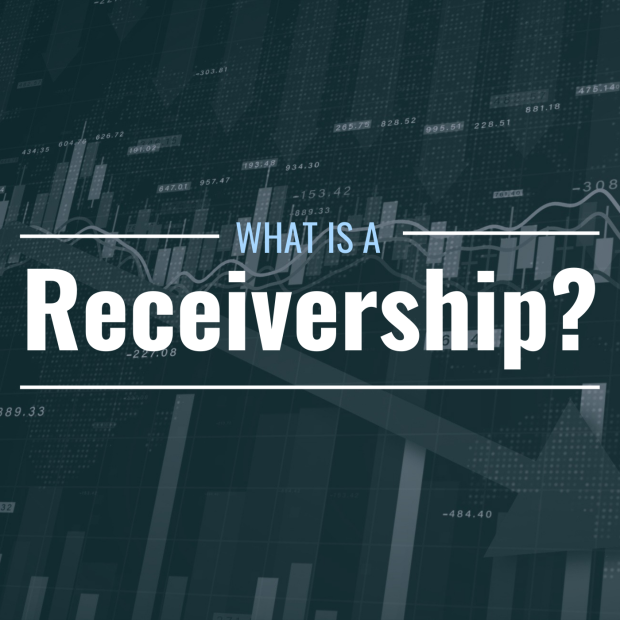
KanawatTH for iStockphoto; Canva
What Is a Receivership?
What happens after a bank fails? In most cases, it is placed under receivership by a state or government authority, like the Federal Deposit Insurance Corp (FDIC). The failed entity literally needs someone to manage, restructure and, in the event of bankruptcy, liquidate its assets and property.
Some of the receiver’s responsibilities include:
- Taking control of and protecting company assets
- Filing claims on behalf of the entity
- Distributing assets to investors, creditors, and other claimants
- Paying company debts
- Terminating unprofitable aspects of the company, and/or selling it outright
Receivers don’t only operate in the financial realm. Court-appointed receivers handle a variety of cases, such as real estate, marital dissolution, and other business matters; whatever the jurisdiction, all receivers must be neutral third parties and have no conflicts of interest with the entity in distress.
And while executives of the imperiled institution may contribute to the receivership process, ultimately, it’s the receiver who makes all of the major decisions.
Which Types of Banks Do Receivers Oversee?
Through congressional mandates, receivers have been assigned to different types of financial institutions:
- The FDIC serves as receiver of banks which are members of the Federal Reserve system.
- The Office of Thrift Supervision oversees receivership of savings and loans institutions as well as thrifts.
- The Federal Housing Finance Agency takes care of government-sponsored enterprises, such as federal home loan banks.
In addition, states can grant receivership authority over their own regulatory agencies; for example, when Silicon Valley Bank (SVB) failed on March 10 2023, the California Department of Financial Protection and Innovation took possession of the company before placing it under the supervision of the FDIC on March 11.
What Is the FDIC Receivership Process?
While court-appointed receivers implement tasks outlined in their court orders, the powers granted to the FDIC under the Federal Deposit Insurance Act are substantially greater. You can think of the FDIC as having “superpowers” in terms of its receiverships.
For example, when disposing of a failed bank’s assets, the FDIC is not required to provide public hearings or even give advance notice to creditors, which other receivers, such as bankruptcy trustees, must do.
In addition, the FDIC has as much time as it deems “reasonable” to administer its executory contracts. In contrast, in the case of commercial real estate receiverships, executory contracts have a lifespan of 120 days and a 90-day extension period.
The claims process also differs significantly under FDIC receivership. While settling a bankruptcy estate would require debtors, creditors, and their legal representation to appear before a bankruptcy judge, the FDIC itself effectively serves as judge, jury, and executioner—t is not subject to judicial supervision nor are its decisions reviewable by court.
Finally, the FDIC has nearly unlimited powers to transfer assets—it does not need consent or approval from any other authority.
Receivership vs. Bankruptcy: What’s the Difference?
A receiver can file a bankruptcy appointment, but receivership and bankruptcy are not the same thing, and the key differences lie with the interests they represent. Bankruptcy is a legal process for debtors that liquidates assets to pay creditors. Receiverships aim to protect the assets of borrowers while claims are resolved.
Typically, bankruptcy filings are much more in-depth and expensive than receiverships, requiring more hearings, greater filing requirements, and higher fees.
Receivership vs. Liquidation: What’s the Difference?
The very essence of the term “liquidate” means to “turn into cash.” When a business declares insolvency, it begins the process of liquidating, or distributing its assets, inventory, etc. to pay off creditors and other liabilities.
On the other hand, a business may actually enter receivership to avoid bankruptcy—in some cases, the receiver may even help to turn the business around.
Example of Receivership: First Republic Bank
During the banking crisis of 2023, First Republic Bank, a niche lender to tech startups on the West Coast, suffered from an unsustainably high leverage ratio as well as interest-rate risk. It was seized by the FDIC on April 28, 2023. The FDIC held an auction of the failed bank’s assets, ultimately arranging a sale to JPMorgan Chase for roughly $10 billion.







